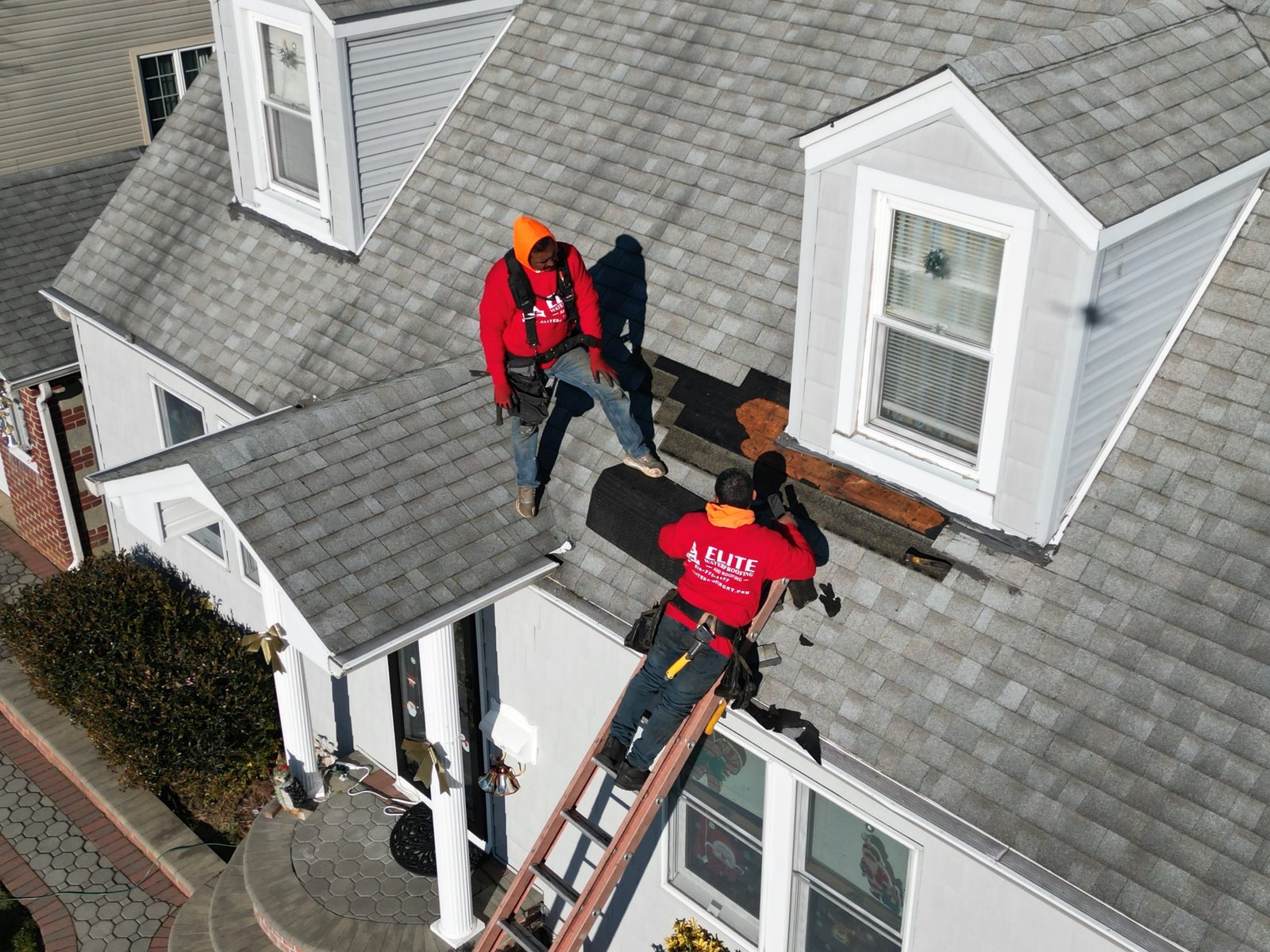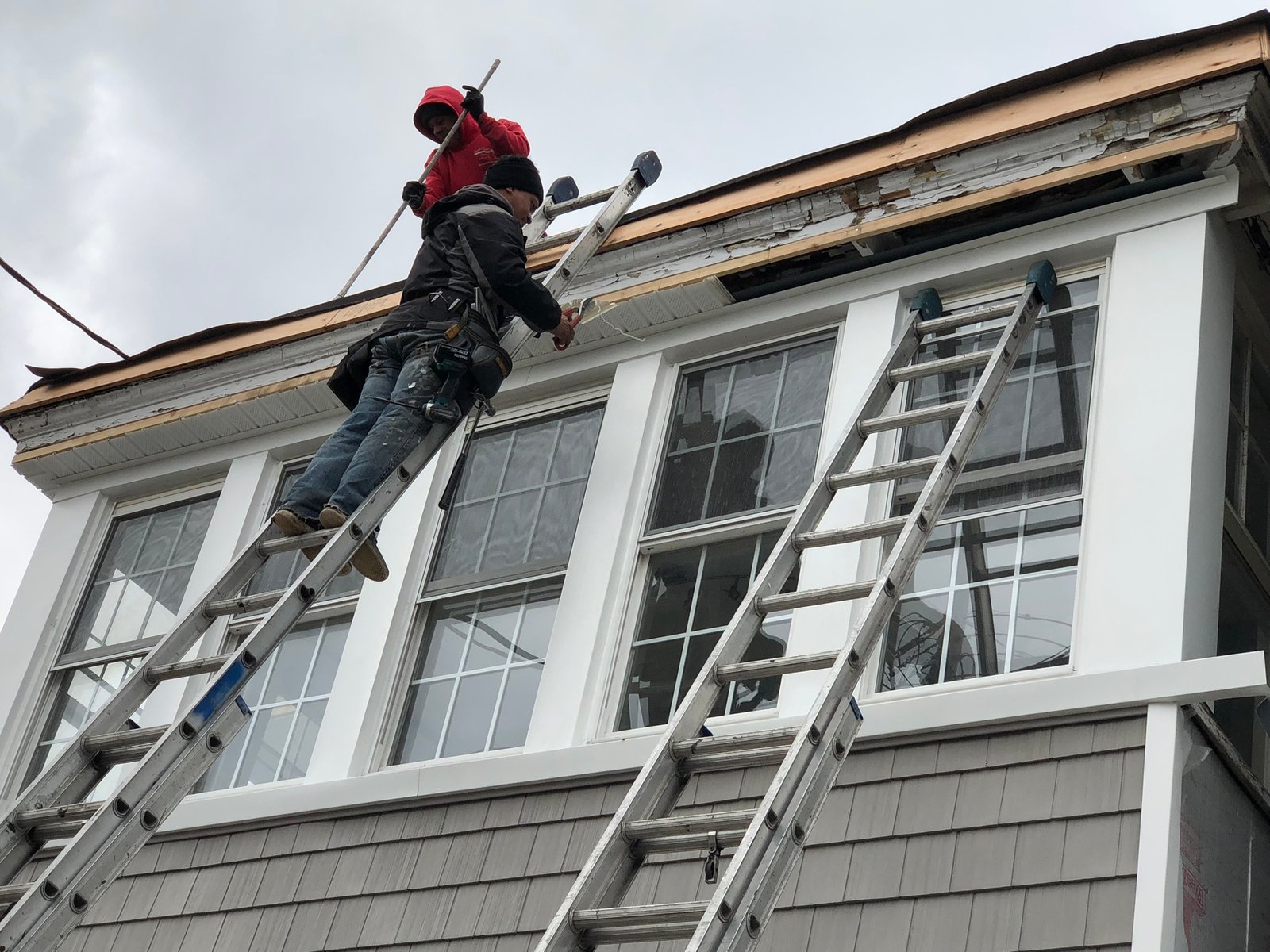Numerous clients often inquire about the process involved in completing foundation waterproofing.
The initial step is to clearly define the purpose of the activity. In simple terms, foundation waterproofing aims to prevent groundwater or moisture from penetrating a building’s foundation walls, thereby averting damage to interior spaces below grade, such as basements. Additionally, it safeguards against the deterioration of the foundation structure itself.
Water ingress through foundation walls can lead to various consequences, including mold, mildew, efflorescence, and damage to interior finishes. These signs underscore the necessity for foundation waterproofing.
In eastern Canada and the U.S., homes and commercial structures typically feature basement areas with poured concrete or masonry block walls. Older structures may have shallow basement heights and different types of foundation walls, such as rubble stone or fieldstone.
Given these diverse foundation circumstances, various techniques may be required for effective basement waterproofing. In urban areas with closely situated buildings, excavation of foundation walls between neighboring structures can be challenging.
While suburban homes often allow for exterior waterproofing, some urban homes may require interior waterproofing techniques. The process begins with obtaining service locates for utilities below grade, ensuring safety, especially concerning hidden gas lines.
Following utility locates, excavation of dirt against foundation walls begins, with trenches dug alongside the walls. Proper shoring of the trench is essential for worker safety. Once the foundation wall surface is exposed, cleaning and preparation involve wire brushing, power washing, and repairs to deficient mortar joints or cracks.
The application of waterproofing materials comes next, with various options like liquid applied coatings, bituminous coatings, and self-adhering membranes. Dimpled plastic sheets and plastic weeper pipes at the footing level enhance protection.
Interior waterproofing may be necessary in some cases, involving breaking the basement floor, installing weeper drainage pipes, and waterproofing interior wall surfaces. This work can be unique to each home’s circumstances, requiring professional assessment and sometimes involvement of an engineer.
Stone basement foundations present unique challenges due to their porous nature. Solutions may involve repairing mortar, applying exterior and interior parging, or even pouring new footings and forming new exterior foundation walls.
For newer construction methods like insulated concrete forms, alternative products such as membranes or liquid applied rubber coatings are used for exterior foundation waterproofing.
A well-executed exterior waterproofing project can provide at least twenty years of protection. Costs vary based on terrain, accessibility, and methodology. To delve deeper into foundation waterproofing, masonry, stonework, or related services, further information is available by calling us at 516-212-4343 or email us at info@eliteroofingny.com






